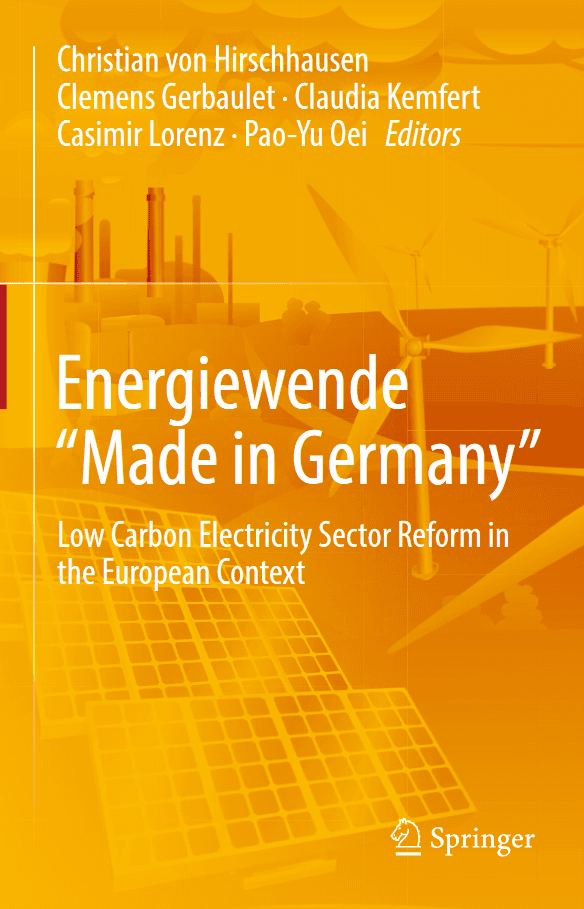Greenhouse Gas Emission Reductions and the Phasing-out of Coal in Germany

The reduction of greenhouse gas (GHG) emissions, in particular CO2, is a major objective of the German energiewende. There has been broad consensus on this goal for many years now—in contrast to the continuing discussion over the proposed shutdown of Germany’s nuclear power plants. The German government’s Energy Concept 2010 already aimed at a 80-95% reduction of GHG by 2050 (compared to the base year 1990). In contrast to other sectors such as transport, agriculture, and heating, the electricity sector is capable of reducing CO2 emissions at relatively moderate cost, in particular renewable energy sources. When excluding the option of carbon capture, transport and storage (CCTS) technologies, achieving ambitious climate objectives in Germany (and elsewhere) implies phasing out both hard coal and lignite. This chapter provides an overview of Germany’s GHG emission reduction targets in the electricity sector and the progress achieved so far. The electricity sector has the potential to lead the way in decarbonization, provided that the appropriate regulatory framework is in place. Due to insufficient price signals that can be expected to persist for the next decade, the European Emissions Trading System (EU-ETS) will not be able to achieve this objective on its own but will require support from appropriate national instruments. Section 4.2 gives an overview of Germany’s GHG emission reduction targets and their relation to European targets. Section 4.3 focuses on coal-fired electricity generation and its problematic role in the German energy sector. Section 4.4 discusses the influence of the EU-ETS as well as various additional national instruments, including a CO2 emissions performance standard (EPS), a CO2 floor price, and a phase-out law. In Section 4.5, we show that a medium-term coal phase-out is compatible with resource adequacy in Germany. The resulting structural change in the affected local basins can be handled through additional schemes, thus posing no major obstacle to the phase-out of coal. Section 4.6 concludes.